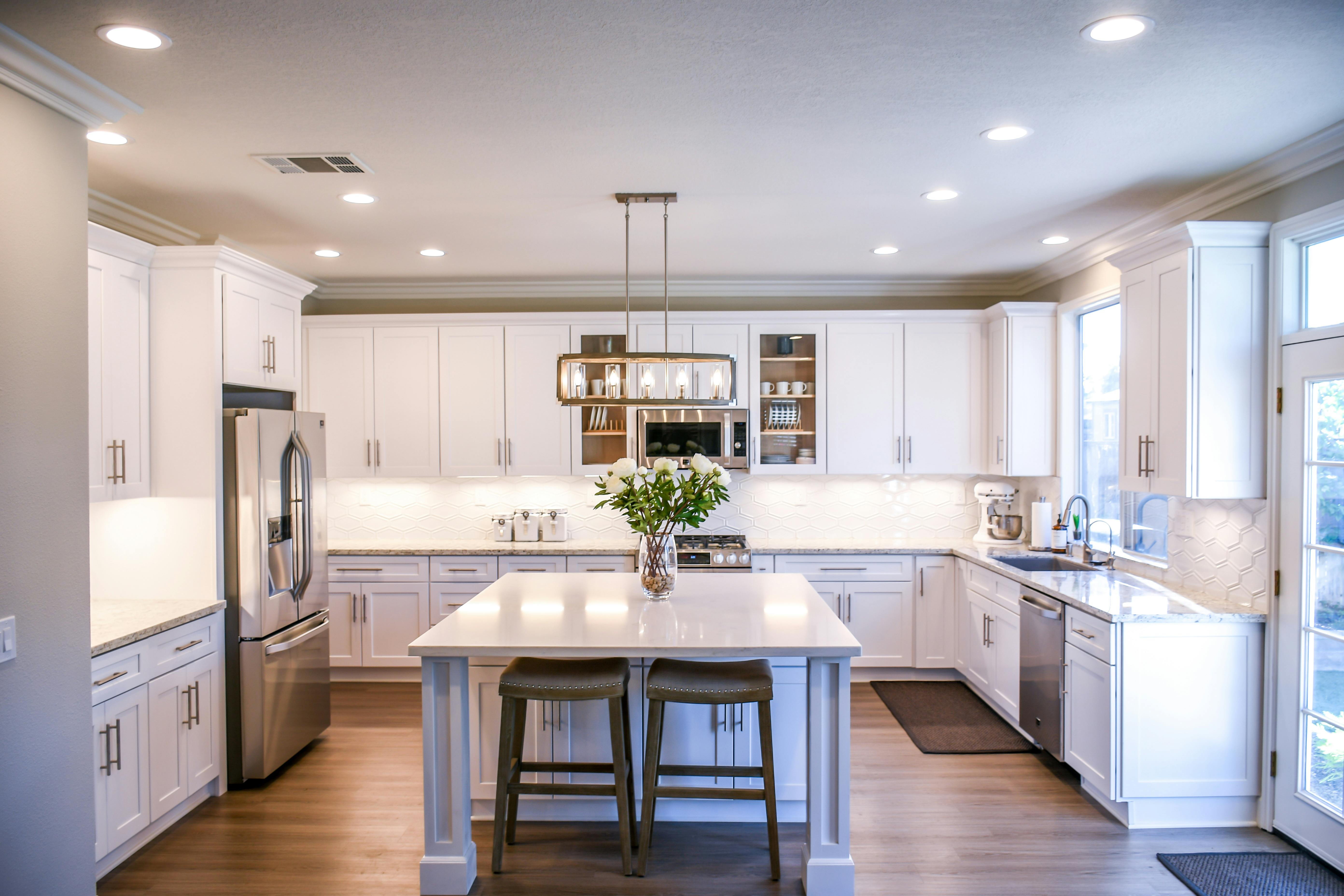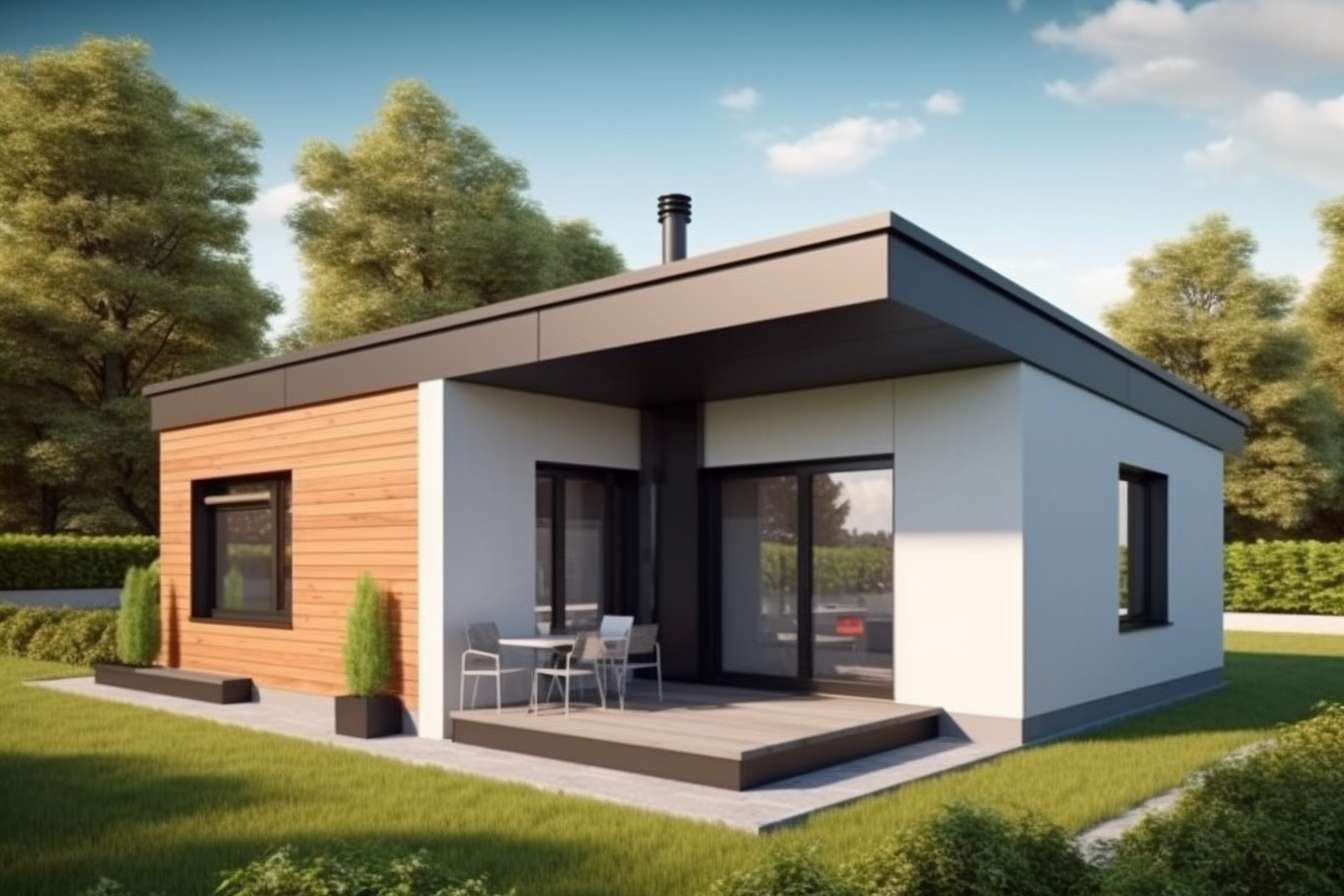Incorporating Reflective Surfaces in Modern Home Design
Introduction: Picture this: you walk into a room, and it feels spacious, full of light, and exudes a unique elegance. The secret? Clever use of reflective surfaces. This article delves into the transformative power of mirrors, metallics, and glossy finishes in modern home design, taking you on a journey from its historical roots to its current resurgence.

The History and Evolution of Reflective Surfaces
Reflective surfaces have been used in interior design for centuries. From the ornate, gilded mirrors of the French Rococo period to the glossy, lacquered furniture of the Chinese Ming Dynasty, different cultures have utilized reflective surfaces to enhance beauty and light within their homes. However, it was the Minimalist movement of the mid-20th century that brought about a resurgence in the use of reflective surfaces, focusing on simplicity, functionality, and the interplay between light and space.
Current Trends in Reflective Surfaces
Today, the use of reflective surfaces in interior design has evolved beyond mirrors and metallics. High-gloss finishes on furniture, shiny ceramic tiles, and even reflective artwork are being embraced by designers to create a sense of depth and dimension. Moreover, reflective surfaces are being cleverly used to bring natural light into darker spaces, making rooms feel larger and more open.
The Practicality of Reflective Surfaces
Reflective surfaces aren’t just aesthetically pleasing—they also offer practical benefits. For smaller homes or apartments, mirrors can create the illusion of space, making rooms feel larger than they are. Metallic accents, such as gold, silver, or brass, can also add a touch of luxury to a room without overwhelming the space. Additionally, glossy finishes are often easier to clean and maintain, making them a practical choice for high-traffic areas like kitchens and bathrooms.
Reflective Surfaces and Daily Living
Incorporating reflective surfaces into your home can enhance daily living in many ways. For example, a well-placed mirror can brighten a dark corner, or a metallic accent piece can serve as a conversation starter. Reflective surfaces can also play a vital role in mood enhancement, as they help to scatter natural light throughout a room, creating a brighter, more uplifting space.
The Future of Reflective Surfaces
As we look ahead, the use of reflective surfaces in home design shows no signs of slowing down. Designers continue to innovate, experimenting with new materials and techniques to harness the beauty and practicality of reflective surfaces. Whether it’s through the use of mirror-like tiles, iridescent wallpapers, or reflective furniture pieces, the possibilities are endless, making this a trend worth keeping an eye on.
In conclusion, the use of reflective surfaces in modern home design is more than just a trend—it’s a timeless practice that marries beauty, functionality, and innovation. By understanding its history, current applications, and future potential, you can incorporate reflective surfaces into your home in a way that truly reflects your personal style.




